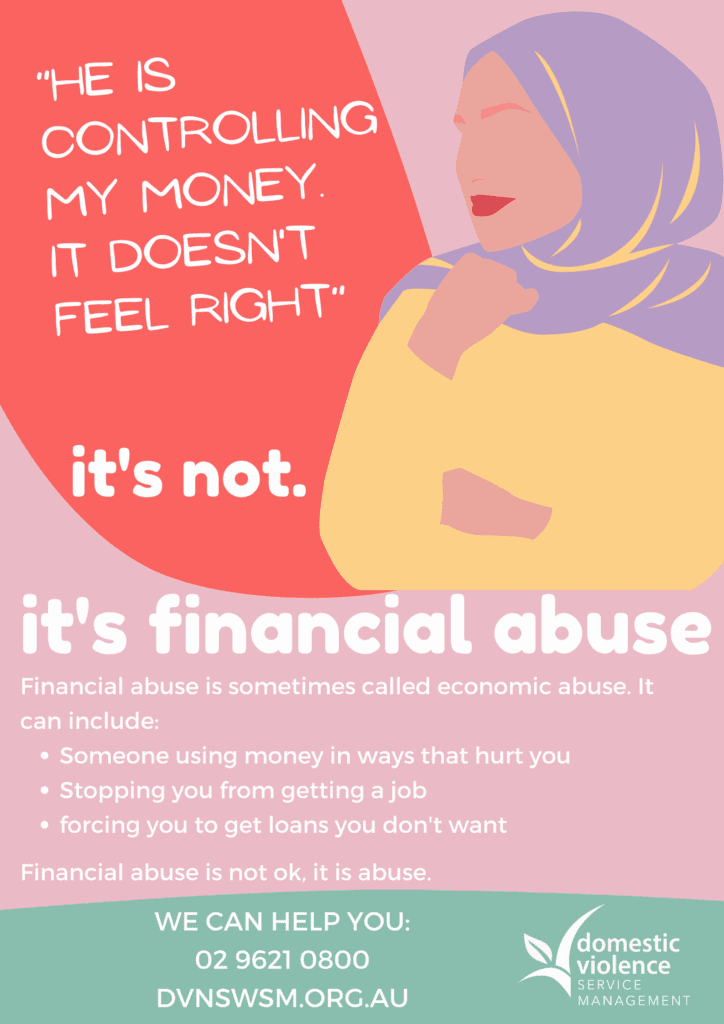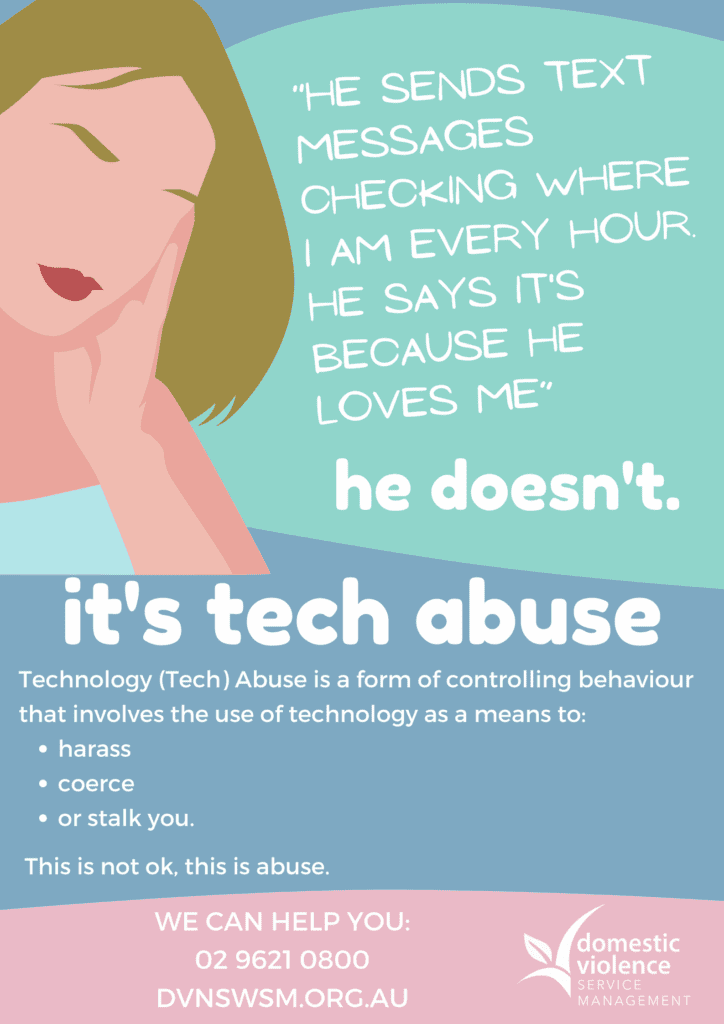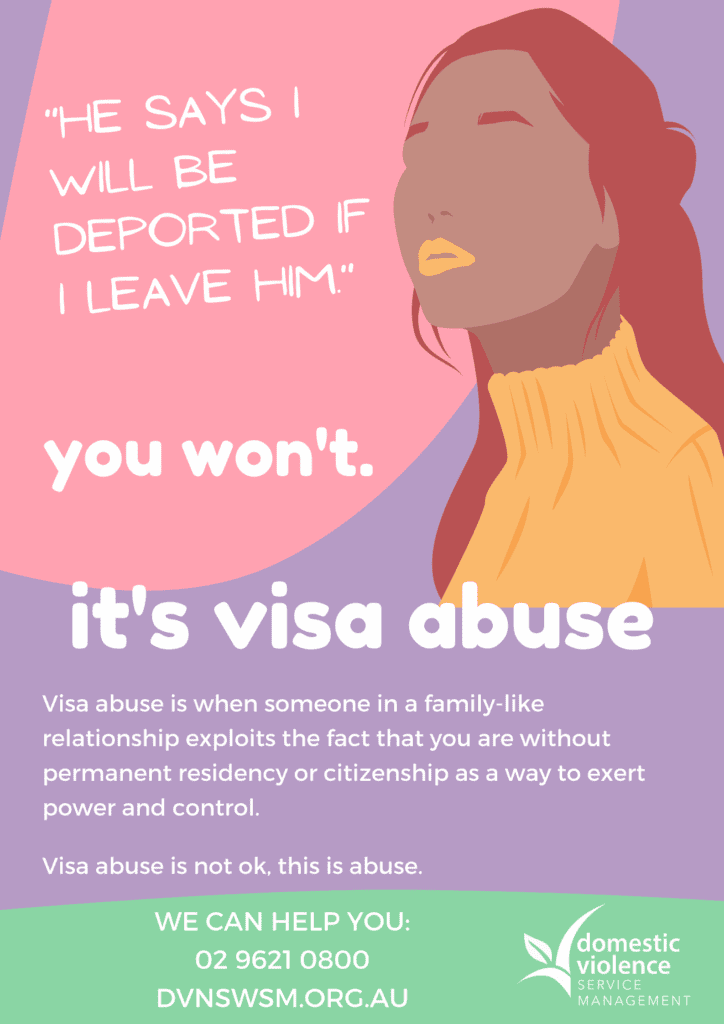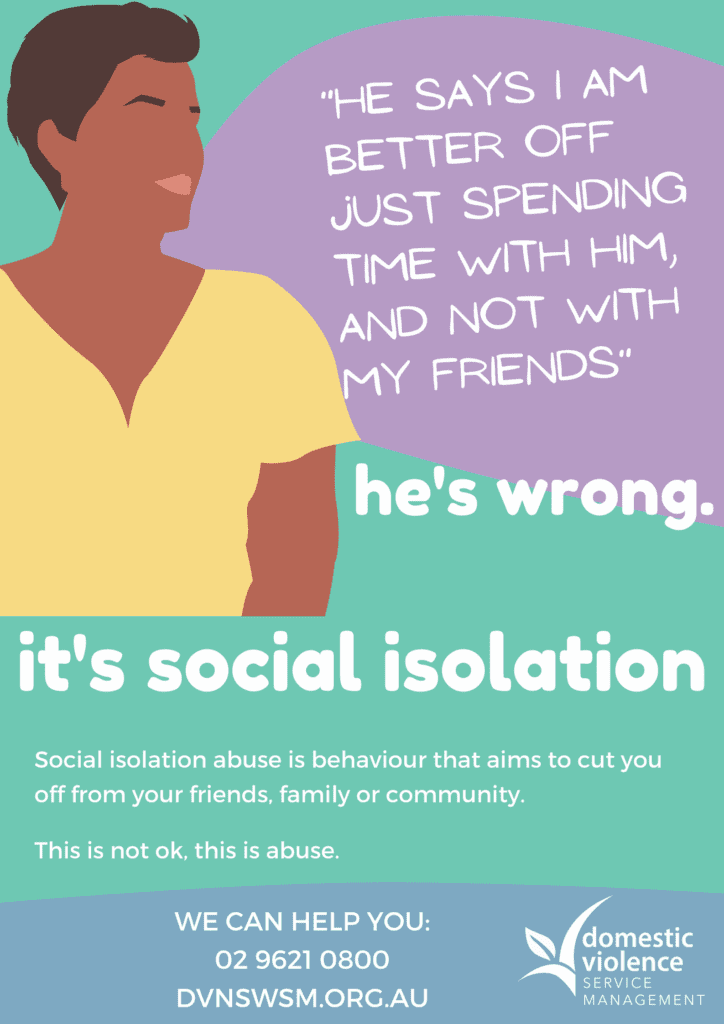What is domestic and family violence?
Domestic and family violence includes any behaviour, in an intimate or family relationship, which is violent, threatening, coercive or controlling, causing a person to live in fear and to be made to do things against their will. This may involve having to significantly modify their behaviour in an attempt to mitigate threats to their safety or wellbeing or the safety and wellbeing of people they care about.
Domestic and family violence can happen to anyone and can take many forms. It is often part of a pattern of controlling or coercive behaviour.
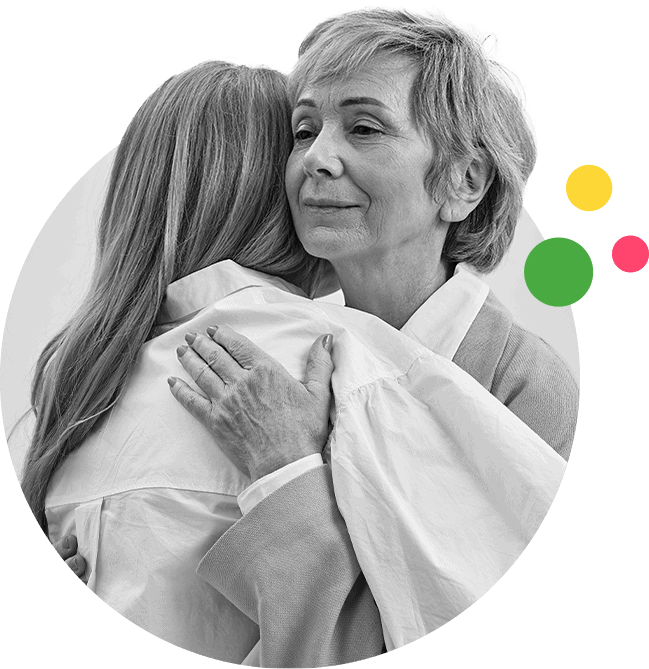
View the short Insight Exchange animation ‘What is DFV?’ (4mins)
What is ‘violence against women’?
Violence against women is any act of gender-based violence that causes or could cause physical, sexual or psychological harm or suffering to women, including threats of harm or coercion, in public or in private life.
— UN Declaration
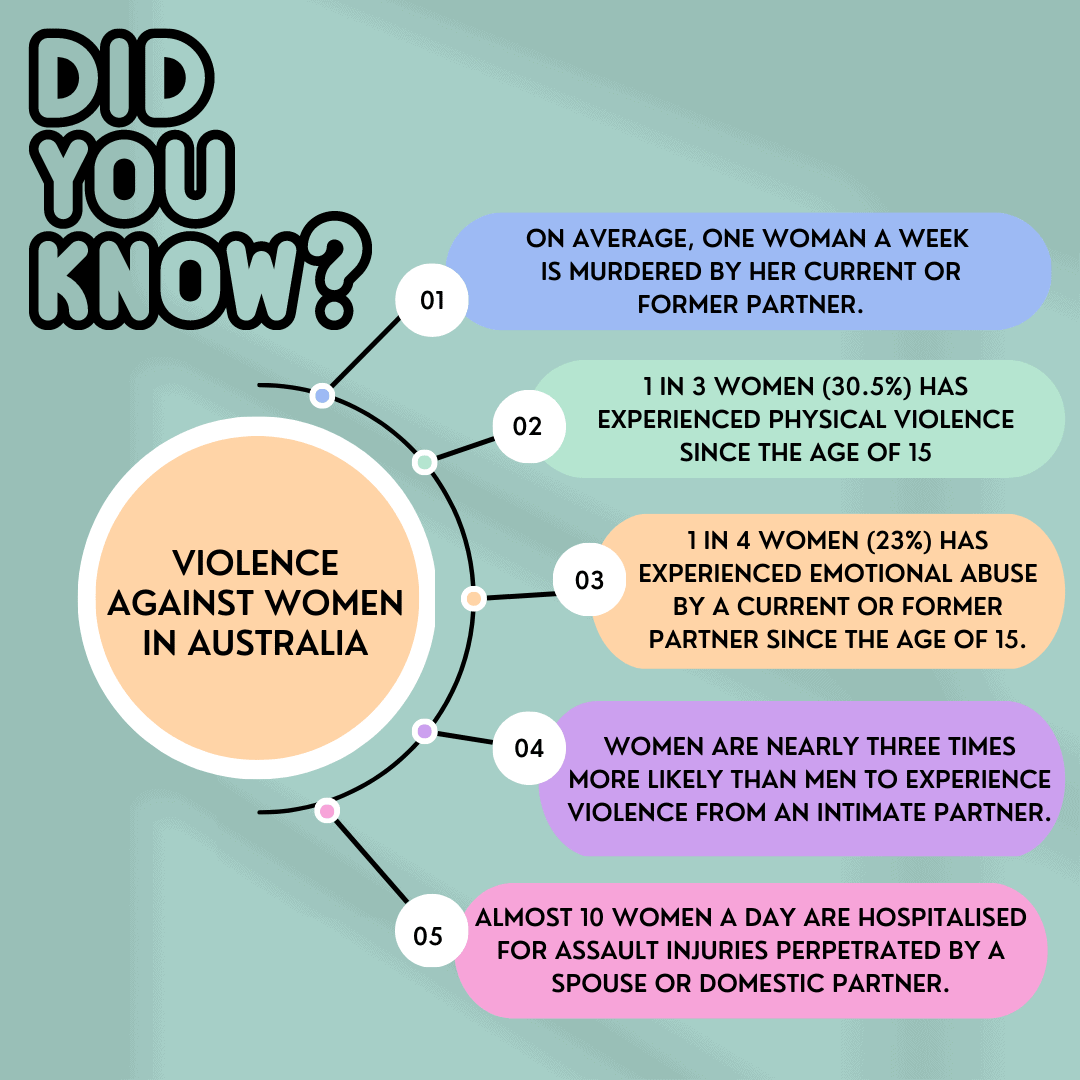
- Australia’s National Research Organisation for Women’s Safety (ANROWS). 2018. Violence against women: Accurate use of key statistics (ANROWS Insights 05/2018). Sydney, NSW: ANROWS.
- Australian Bureau of Statistics (ABS). 2017. Personal Safety Survey, Australia, 2016 (ABS cat. no. 4906.0). Canberra, ACT: ABS.
- Australian Bureau of Statistics (ABS). 2017. Personal Safety Survey, Australia, 2016 (ABS cat. no. 4906.0). Canberra, ACT: ABS.
- Australian Bureau of Statistics (ABS). 2017. Personal Safety Survey, Australia, 2016 (ABS cat. no. 4906.0). Canberra, ACT: ABS.
- Australian Institute of Health and Welfare (AIHW). 2019. Family, domestic and sexual violence in Australia: Continuing the national story (Cat. no FDV Canberra, ACT: AIHW. In 2016-2017, 3600 women hospitalised for assault injuries identified a spouse or domestic partner as the perpetrator.
What kind of relationships can be involved or impacted by domestic and family violence?
An intimate relationship refers to people who are (or have been) in an intimate partnership whether or not the relationship involves or has involved a sexual relationship, i.e. married or engaged to be married, separated, divorced, de facto partners (whether of the same or different sex), couples promised to each other under cultural or religious tradition, or who are dating.
A family relationship has a broader definition and includes people who are related to one another through blood, marriage or de facto partnerships, adoption and fostering relationships, sibling and extended family relationships. It includes the full range of kinship ties in Aboriginal and Torres Strait Islander communities (see adjacent – Family Violence), extended family relationships, and family of choice within lesbian, gay, bisexual, transgender, intersex or queer (LGBTIQ) communities.
People living in the same house, people living in the same residential care facility and people reliant on care may also be considered to be experiencing domestic and family violence when one or both people in the relationship try to create an imbalance of power to establish coercive control and commit violence.
Women and children are overwhelmingly the victims of domestic and family violence and those who use violence are overwhelmingly male. Domestic and family violence can be perpetrated by a partner, family member, carer, house mate, boyfriend or girlfriend. Women also commit domestic and family violence against men, as do same-sex partners (Domestic Violence NSW, 2018). Domestic and family violence is also committed by and committed against people who identify in non-gender binary terms.

Family violence in First Nations communities
The term ‘Family Violence’ is preferred in an Indigenous context. It is used to describe the range of violence that takes place in Aboriginal and Torres Strait Islander communities including the physical, emotional, sexual, social, spiritual, cultural, psychological and economic abuses that may be perpetrated within a family. The term also recognises the broader impacts of violence; on extended families, kinship networks and community relationships.
It has also been used in the past decade to include acts of self-harm and suicide, and has become widely adopted as part of the shift towards addressing intra-familial violence in all its forms. (Gordon, 2002).
What is the impact of domestic and family violence?
Violence and abuse costs us all. Lives are lost. Homicide. Femicide. Filicide. Suicide. Indignity, injury, suffering, grief, and loss extends within families, across communities and throughout our country. Poverty endures. Children's hopes and futures are sabotaged. National, state and territory definitions of domestic and family violence and criminal codes vary, however violence and abuse is never acceptable in any community, family, institution, place or context.


